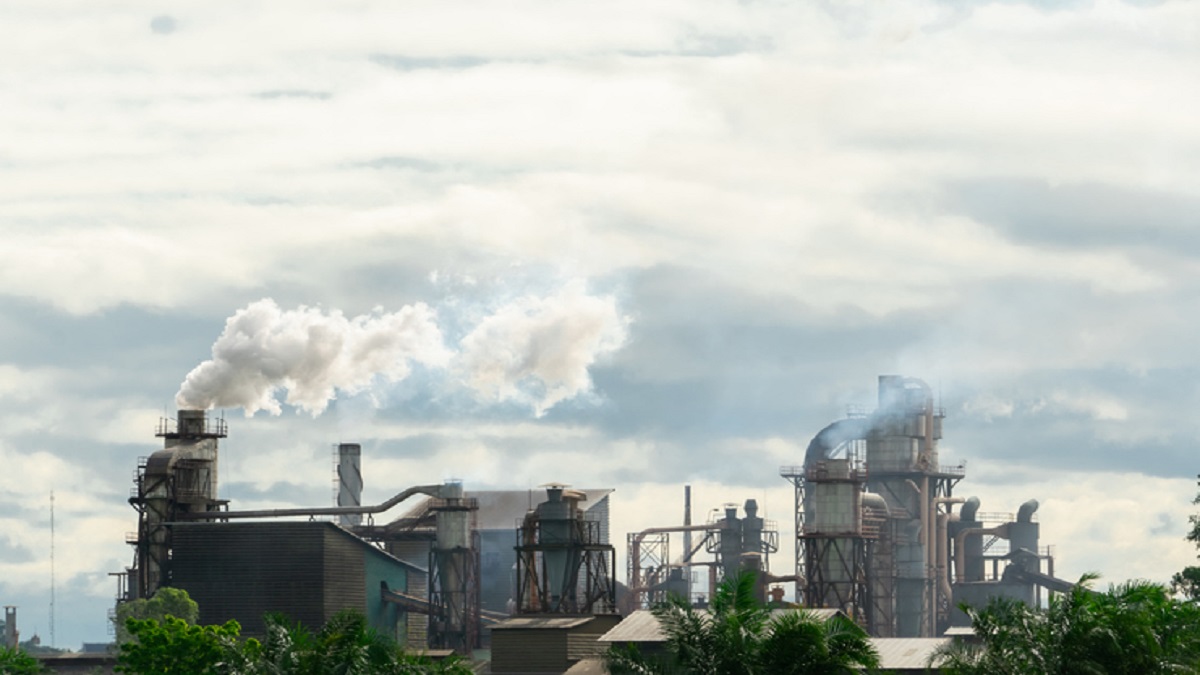IIT Madras researchers suggest ways to cut carbon emissions from buildings
The researchers predict that Chennai would emit 230 million tonnes of Co2 by 2040 due to buildings, with around 75 per cent of energy consumed for operation of buildings
Researchers at Indian Institute of Technology (IIT) Madras predict that Chennai could cumulatively emit 231.9 million tonnes of carbon dioxide (Co2) by 2040 from the construction and operations of buildings alone owing to rapid urbanisation.
The researchers suggest that switching to renewable sources of energy for operational requirements of buildings would be a key driver in reducing emissions from Chennai. The study was conducted by a team of researchers from the Centre for Technologies for Low Carbon and Lean Construction, IIT Madras, and the Indo-German Centre for Sustainability (IGCS), IIT Madras.
IIT Madras researchers conducted a quantitative study to address the issue of increasing Co2 emissions due to the construction of buildings.
Three-phase study
The researchers undertook the study in three phases. For the first phase of the study, they used geo-spatial land models developed by The Nature Conservancy - a global environmental non-profit organisation and used simulation techniques to develop a futuristic map of Chennai in 2040 that takes into account past trends as well as future constraints.
The model developed by IIT Madras researchers showed an increase in urban built-up areas accompanied by a decrease in water and wetlands. The research team, using life cycle analysis of construction activities, has estimated the CO2 released during demolition, construction (as a result of transportation of materials and construction activities), and operation of buildings.
The calculations showed that Chennai would cumulatively emit 231 million tonnes of Co2 due to energy consumed by buildings during their construction and operations.
How to reduce the Co2 emissions?
The research team suggested three measures to reduce carbon emissions:
1. Replace traditional cement with low-carbon cement
2. Reuse of demolition waste for future construction
3. Switching to renewable resources to meet the energy requirements of operating buildings.
Read more:
Follow Shiksha.com for latest education news in detail on Exam Results, Dates, Admit Cards, & Schedules, Colleges & Universities news related to Admissions & Courses, Board exams, Scholarships, Careers, Education Events, New education policies & Regulations.
To get in touch with Shiksha news team, please write to us at news@shiksha.com
Latest News
Next Story


Comments